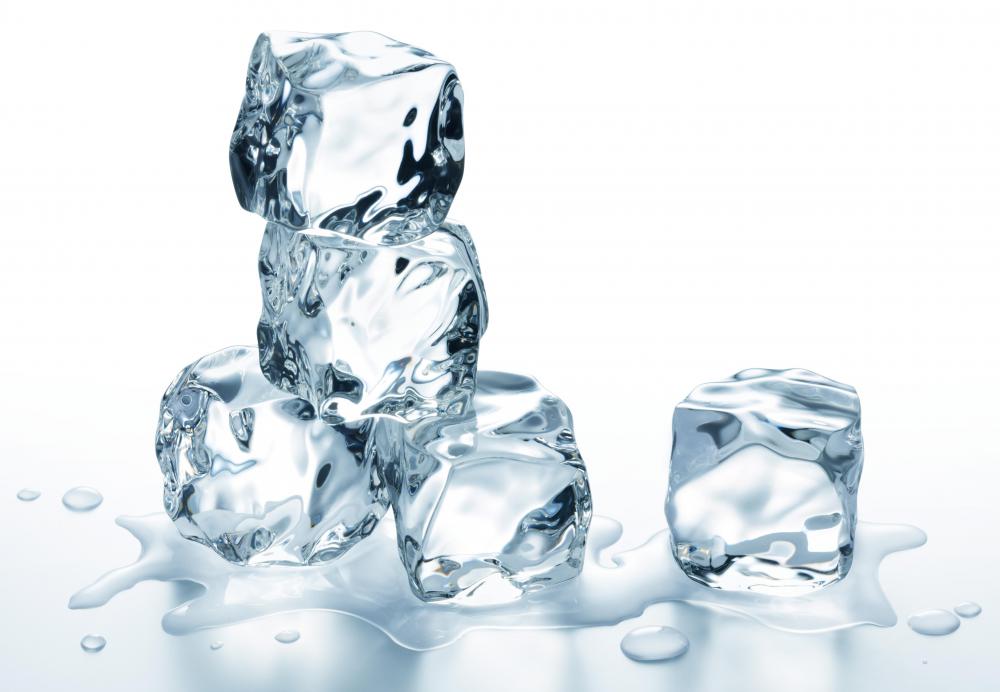At WiseGEEK, we're committed to delivering accurate, trustworthy information. Our expert-authored content is rigorously fact-checked and sourced from credible authorities. Discover how we uphold the highest standards in providing you with reliable knowledge.
What is Forced Convection?
Convection describes the effect of heat from traveling fluids or gases on a solid object. In forced convection, the flow of the fluid or gas is enhanced or created artificially. Fans are a common way to force gases, while pumps are frequently used with fluids. Forced convection commonly works more rapidly than standard convection.
A simple example of forced convection would be melting an ice cube with warm water. An ice cube will melt naturally in a still pool of warm water. Natural convection would result in the water around the ice cube becoming cooler and less efficient at melting the ice cube as the process progresses. If warm water were forced across the ice cube continuously, the water wouldn't cool and the ice cube would melt much faster.

Efficiency of heat convection is determined by several factors. Generally, the larger the exposed area of the surface to be heated, the more difficult it is to heat. Therefore, the stream of gas or fluid needs to be adjusted accordingly. This is often accomplished by the addition of an artificial source to increase the flow of the liquids or gas.
The speed of the convection stream is also important. In general, faster streams are more efficient. Wind chill is a good example of this efficiency. A person standing in heavy wind will cool faster than one in stagnant air, because the warm skin is being exposed to a greater volume of cold air within a given time.
Difference in temperature also affects the rate at which forced convection occurs. Surfaces exposed to a convection current with a much higher temperature will heat faster. Heat convection slows as the object approaches the temperature of the current.
Thicker fluids and gases are usually more effective at heat transfer. This is problematic, because many thicker gases and fluids require more force to maintain effective speed in a convection current. Care also must be taken that the fluid or gases remain mobile as they cool.
Although the primary focus of forced convection is often the object to be heated or cooled, it is important to remember that the temperature transfer goes both ways. When a convection stream is heating an object, the lower temperature of the object is transferred to the stream. Determining the temperature change in both the object and the stream is important when judging the efficiency of the forced convection method.
Heat transfer analysis is preformed either manually or by software. There are many variables, but there are two primary indications of the effectiveness of a forced conversion method. The first indication is the temperature rise in the surface to be heated. The second indication is the difference in temperature of the convection stream before and after it has passed over the surface. The greater the difference, the more useful the convection method is.
AS FEATURED ON:
AS FEATURED ON:











Discuss this Article
Post your comments